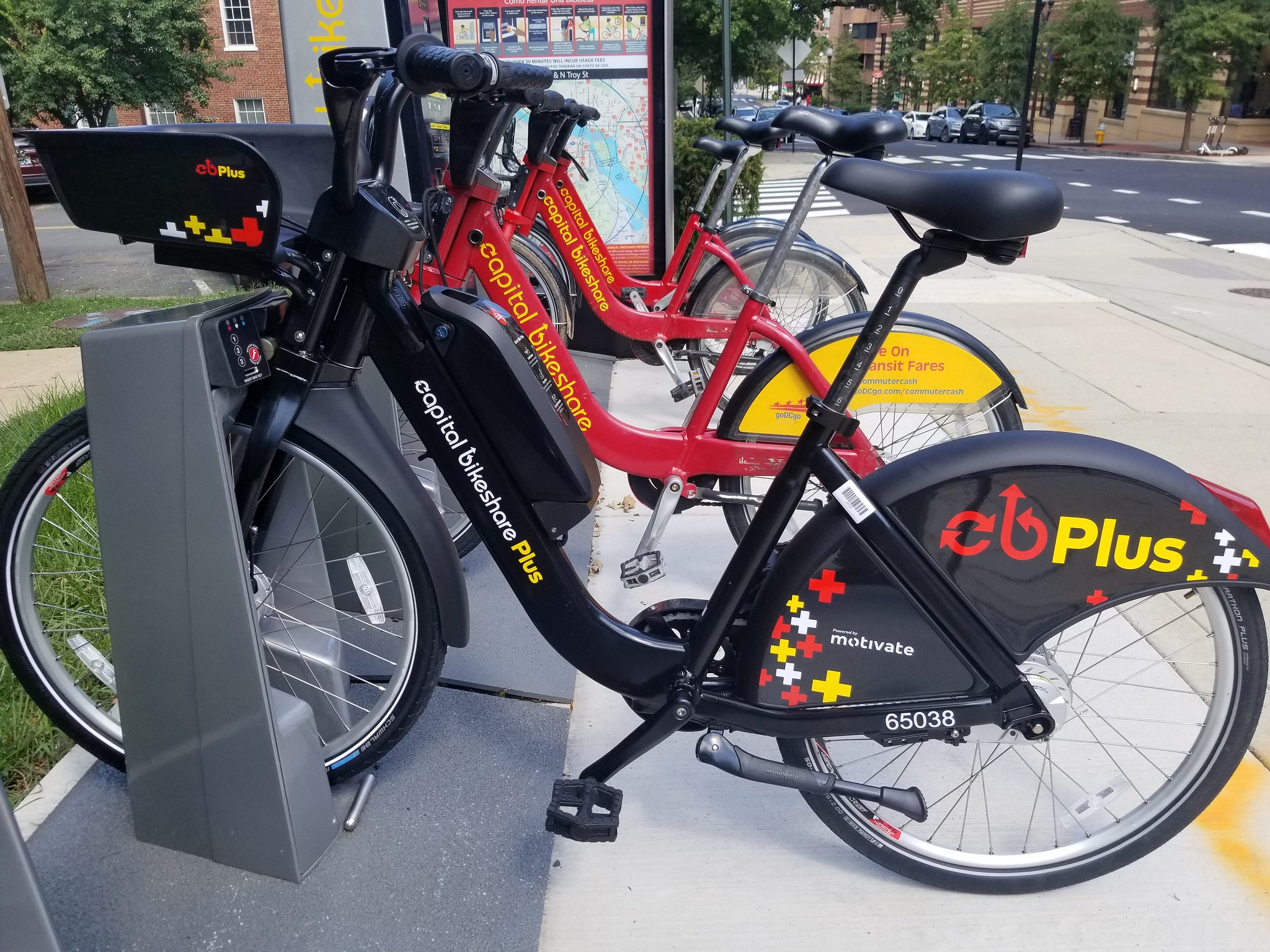By Charles Pekow — Ebikes are largely driving (or should we say pedaling) the shared micromobility boom in North America. But along with the popularity come affordability, energy and safety issues that remain unresolved.
Despite all the legal, structural and financial woes of the industry, the number of trips taken in the United States and Canada increased from 131 million in 2022 to a record 157 million in 2023, according to a new study from the National Association of City Transportation Officials (NACTO).

Micromobility trips “in the U.S. increased by 16 percent in 2023, driven largely by the continued growth of ebike trips on larger station-based systems,” says the report, titled 157 Million Trips across the US and Canada in 2023. But it goes on to say that “despite the overwhelming popularity of these systems, many cities are grappling with the challenges of providing this essential service while facing limited financial and operational resources.”
Ebike trips grew 40 percent across the year from 20 million to 28 million, NACTO says, accounting for 45 percent of all station-based shared bike trips, thought they accounted for only about a third of the available vehicles. And renting an ebike generally costs an average of 22 cents a minute more than renting a human-powered bike.
Dockless bikes accounted for 10 percent of all shared vehicles (including scooters).
Find the study at https://nacto.org/wp-content/uploads/2024/05/Shared-micro-in-2023-snapshot_FINAL_July22-2024.pdf.
But along with increased use comes increased casualties. A report published by the Journal of the American Medical Association stated that the number of ebike injuries doubled annually between 2017 and 2022. “Injuries With Electric vs Conventional Scooters and Bicycles” suggests that law, education and infrastructure need to be improved. It doesn’t suggest how, though.
Injured electric bike and scooter riders were less likely to wear helmets than the average rider. Also, ebike crash victims were more likely to have been drinking than those on conventional cycles.
Find the study at https://jamanetwork.com/journals/jamanetworkopen/fullarticle/2821387
Even eBikes can always be made more energy efficient. No question ebikes save on fuel. (See the report by this author: https://news.mongabay.com/2024/04/e-bikes-could-cut-smog-energy-use-and-congestion-globally-but-will-they/.) But can they become even more energy efficient by using solar power? Previous studies have said perhaps but they would only be practical with a large battery in a climate with plenty of sunshine. But a new study, SOLAR ELECTRIC BICYCLE (HYBRID) in the International Research Journal of Engineering and Technology, suggests at present, a bike battery can be partially charged by the sun but it would still need the plug-in option to be useful as you can’t rely on absorbing enough solar power.
“The implementation of the proposed system is on its way and is yet to be completed” says the study from the Bharati Vidyapeeth College of Engineering in Mumbai, India. Find it here: https://www.irjet.net/archives/V6/i4/IRJET-V6I4263.pdf









